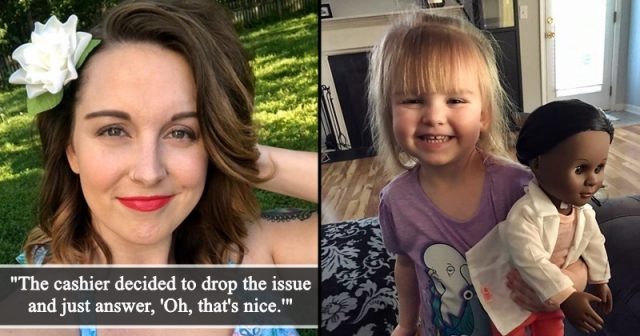As a mother and her toddler were in the checkout line, the woman behind the counter saw the child’s choice of toy and advised that she’d probably be happier with a different doll. The toddler took one look at the cashier and uttered a simple response that left everyone speechless.
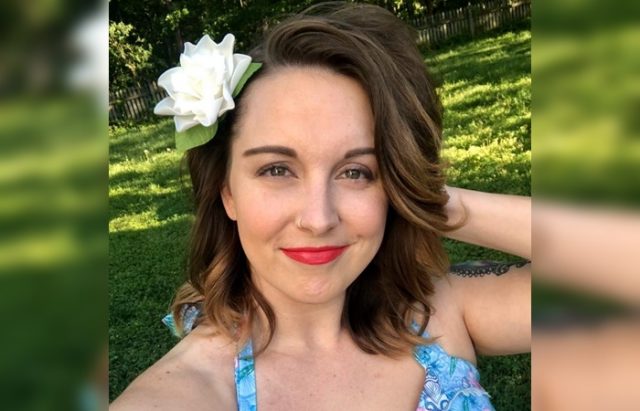
Since her toddler had done so well in her potty training, South Carolina resident Brandi Benner promised the little girl she could pick out any toy she wanted. The mother and daughter headed to their local Target and scanned the toy section. That’s where 2-year-old Sophia spotted the item she wanted.
The toddler immediately picked out a doll that reminded her of a favorite character from the children’s television show “Doc McStuffins,” complete with a white coat and stethoscope. Having made her final decision, the pair started toward the front. However, when they reached the checkout line, Benner says things took a bizarre turn.
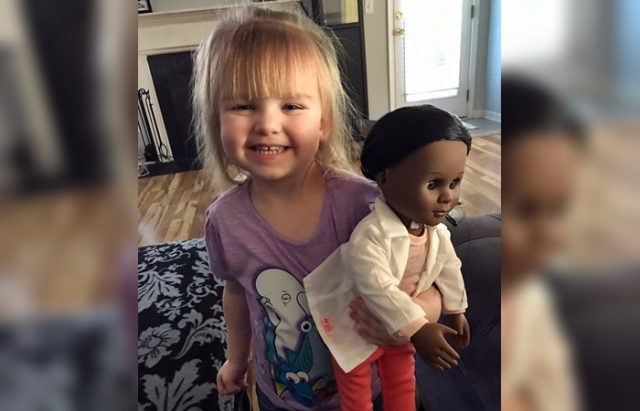
The mother told CNN that once they started checking out, the cashier inundated Sophia with a series of questions concerning her choice of toy. First, Benner says the clerk asked the child if she had picked out the doll for a friend’s birthday present. Unsure why the woman would ask such a question, Sophia stared blankly at the cashier, prompting Benner to answer that the doll was a prize for the child’s progress in potty training. Still, the cashier probed.
“The woman gave me a puzzled look and turned to Sophia and asked, ‘Are you sure this is the doll you want, honey?’ Sophia finally found her voice and said, ‘Yes, please!'” Brandi Benner recalled.
In disbelief at the girl’s answer, the clerk again questioned the child. This time, the woman attempted to convince the toddler that she would be happier with a different doll, clearly doubting that a white child would want a black baby doll.
“The cashier replied, ‘But she doesn’t look like you. We have lots of other dolls that look more like you,'” Benner wrote, recalling the cashier’s disbelief.

This was the last straw. Offended by the woman’s implication, Brandi Benner prepared to respond. However, before she could answer, the child replied with the perfect antidote.
“Yes, she does (look like me),” Sophia replied. “She’s a doctor like I’m a doctor. And I’m a pretty girl and she’s a pretty girl. See her pretty hair? And see her stethoscope?”
Benner says that the cashier was left speechless, able only to reply, “Oh, that’s nice.” The innocence and simplicity of Sophia’s response were enough to satisfy the interrogation and defuse the tension. Plus, the toddler’s medical vocabulary, which her mother credits to the children’s show “Doc McStuffins,” was also impressive.
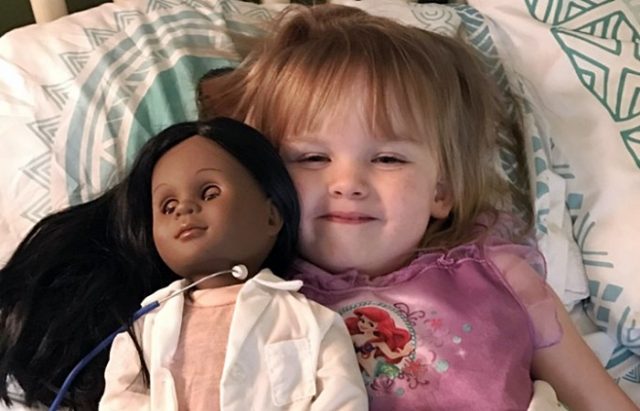
Brandi Benner was exceedingly proud of her daughter’s answer. However, she knows that such an inquisition might not go over as well with others.
“If she was another child, that could have discouraged her,” Benner said.
Benner explained that she wants her children to grow up without the burden that prejudices bring. She hopes her daughter’s response will inspire others to see the beauty in such impartiality that can only be expressed in the innocence of a child.
“I just want to teach my kids love, and that’s included in my own actions,” Benner said, explaining why she doesn’t engage with negative commenters.
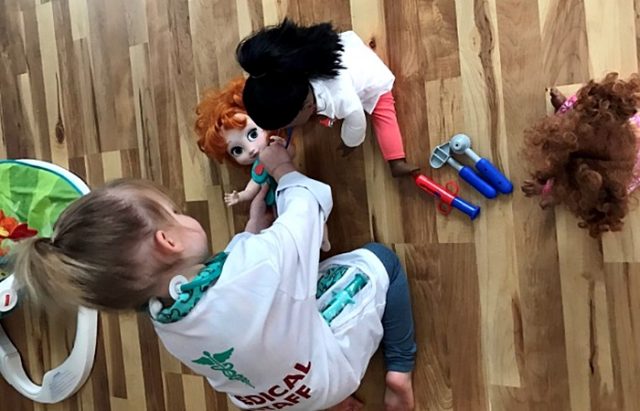
Children have no inherent biases. They merely judge by the quality of character rather than the color of one’s skin. If they are taught correctly, they are much less likely to develop prejudices toward immutable characteristics later in life.
As simplistic as Sophia’s response was, it is nonetheless correct. She wasn’t looking for aspects that set her apart but unifying qualities. Truthfully, we could all learn a lesson from 2-year-old Sophia.


